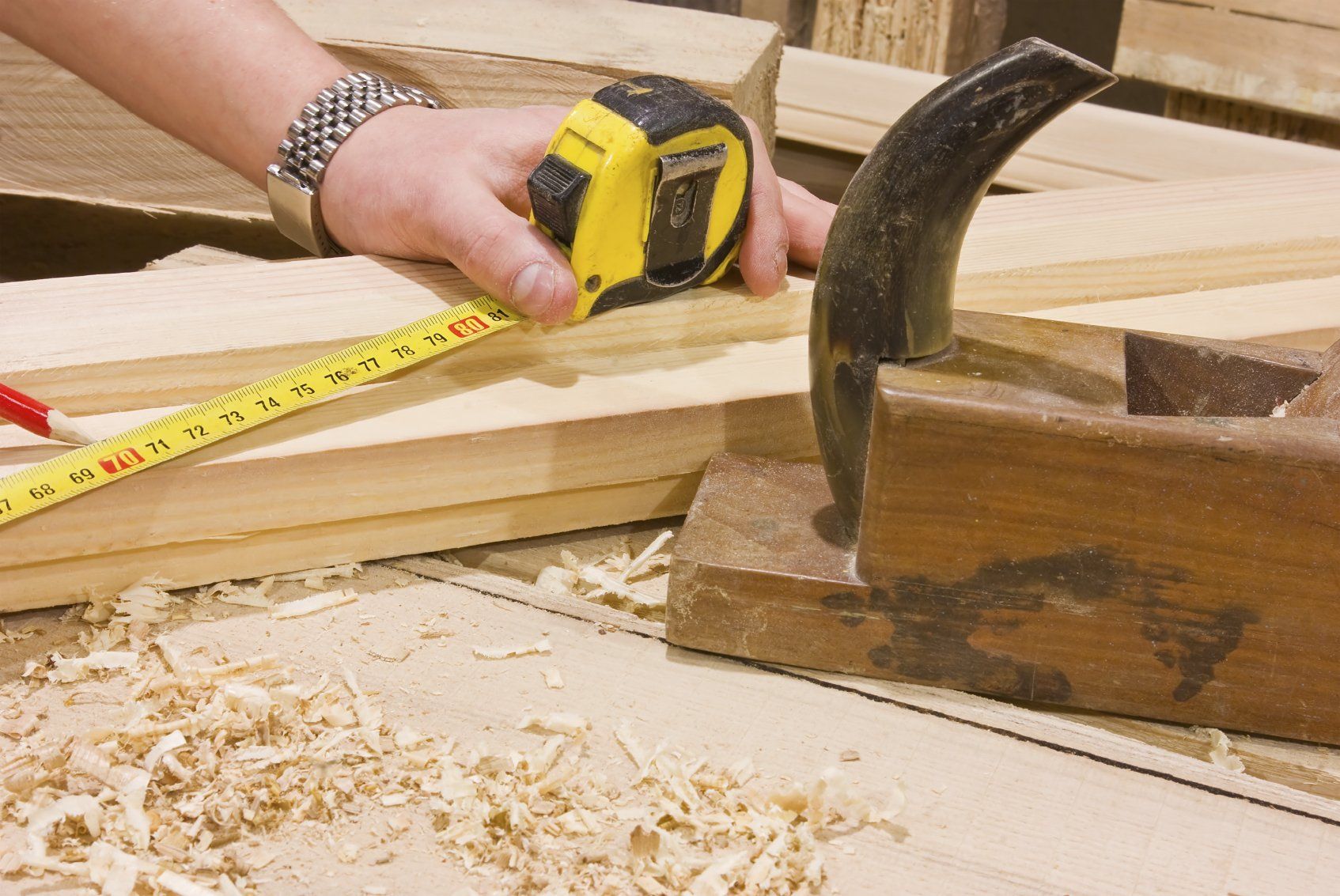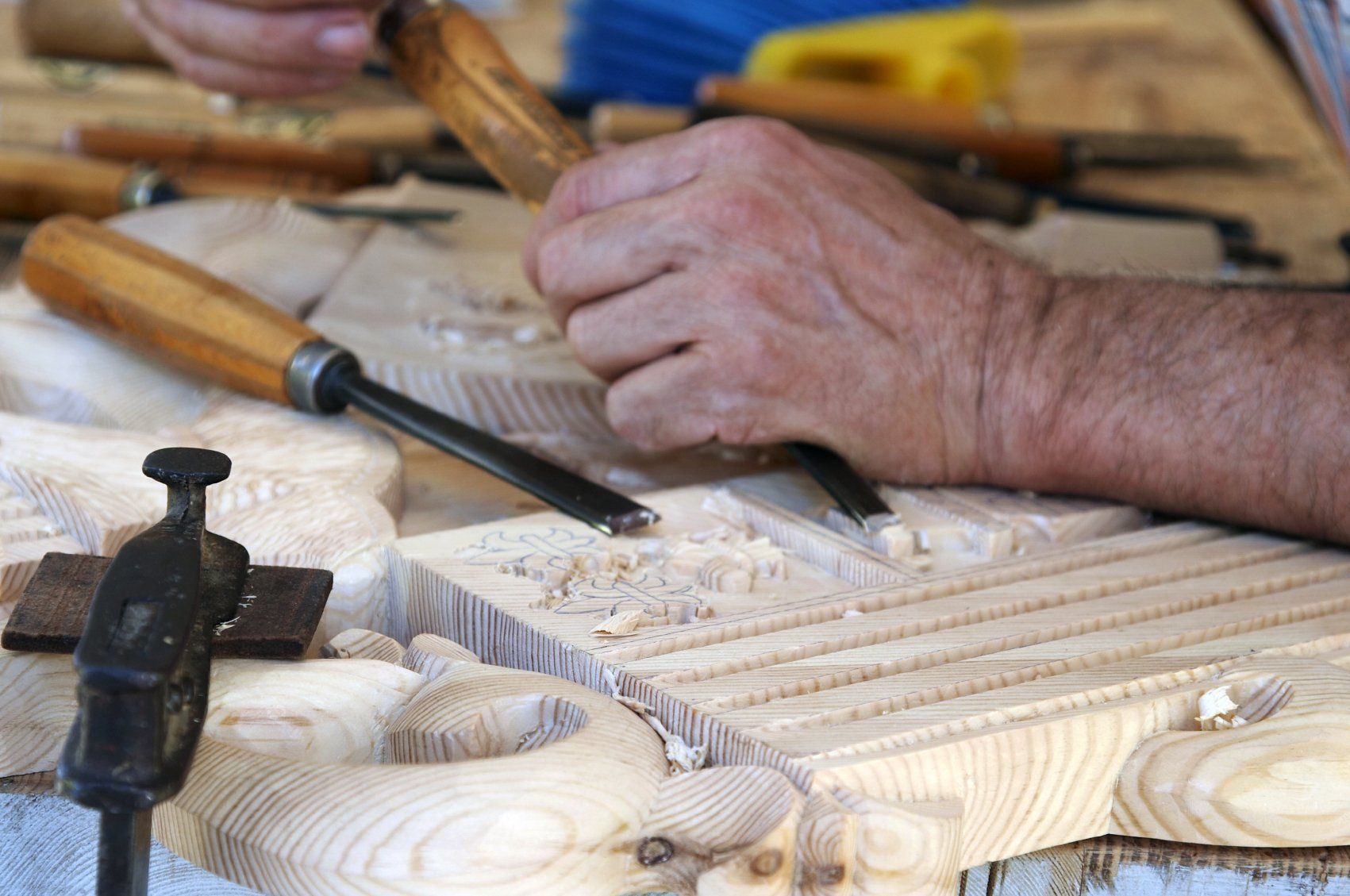

Blog
The Art of Woodworking: A Step-by-Step Guide for Beginners
Woodworking for Beginners.
Introduction
Woodworking is a rewarding and fulfilling hobby that allows beginners to tap into their creativity while honing practical skills. In this comprehensive guide, we will explore the world of woodworking, providing step-by-step instructions, tips, and tricks to help beginners embark on their woodworking journey.
From understanding the essential tools and wood selection to mastering various woodworking techniques, this article will equip beginners with the knowledge they need to become skilled craftsmen.
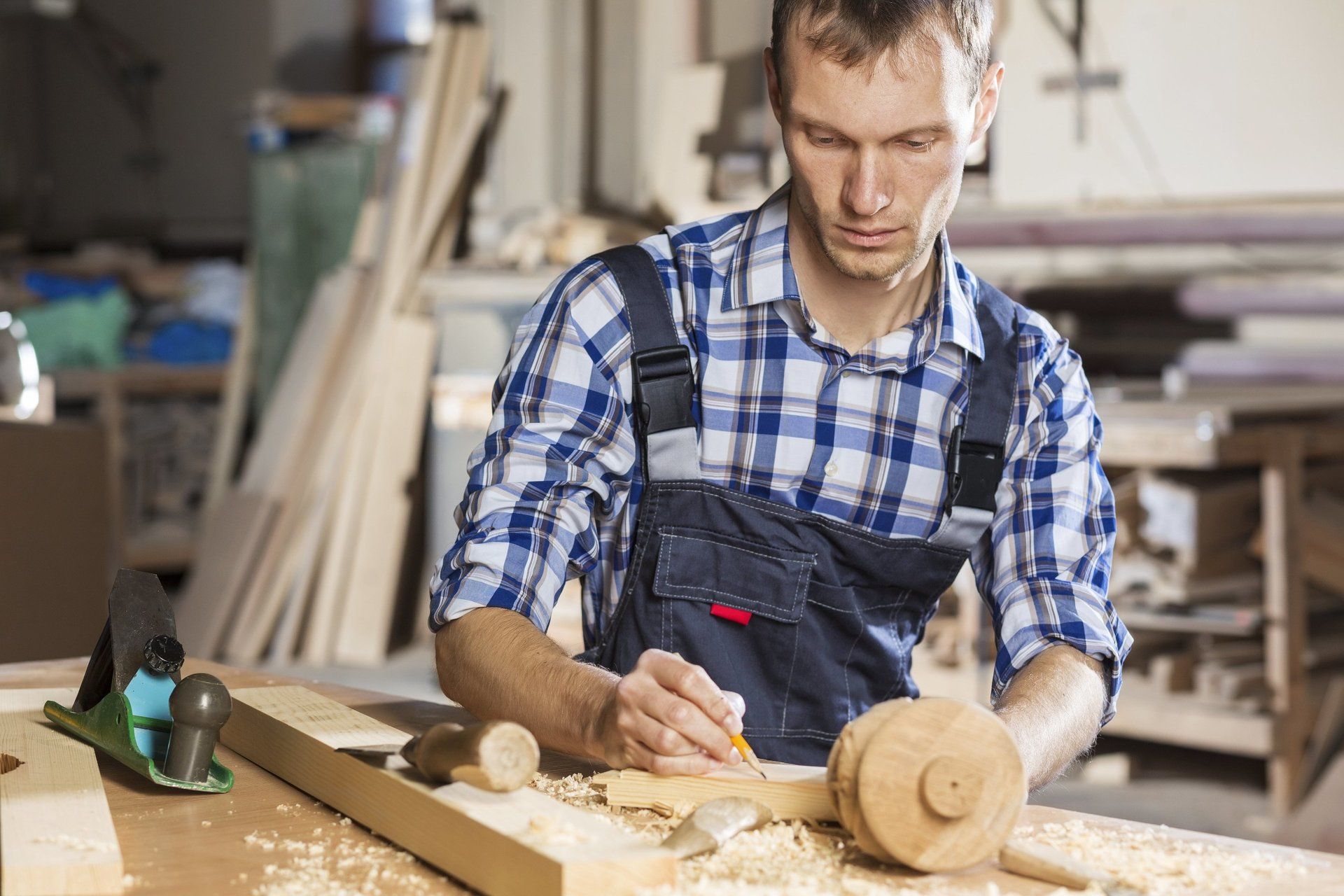
Tools and Equipment
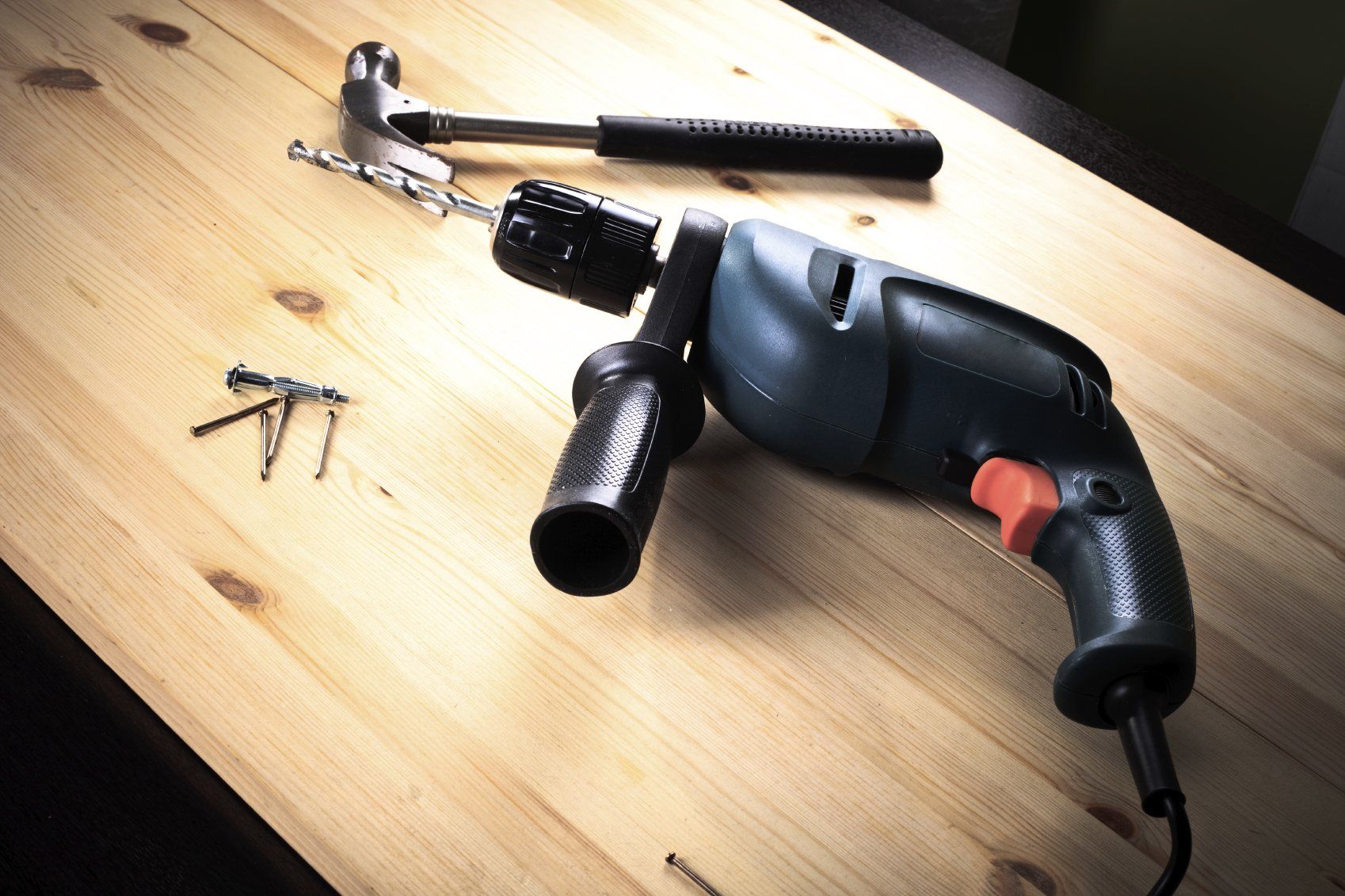
Before diving into the realm of woodworking, it's crucial to familiarize oneself with the essential tools required for any project. Whether it's hand tools or power tools, having the right equipment will make woodworking more efficient and enjoyable.
Essential tools for woodworking
Hand tools
Chisels: These versatile tools enable you to shape and sculpt wood effortlessly.
Handsaws: Perfect for cutting wood, handsaws come in different types, such as crosscut and rip saws, suited for different purposes.
Planes: Planes are used for smoothing and shaping wood surfaces, ensuring a professional finish.
Measuring and marking tools: Accurate measurements and markings are essential in woodworking, and tools like measuring tapes, squares, and marking gauges assist in achieving precision.
Power tools
Table saw: A fundamental power tool, the table saw is used for cutting large pieces of wood with precision.
Circular saw: This versatile tool is excellent for making straight and angled cuts on various materials.
Power drill: Essential for creating holes, power drills offer the convenience of adjustable speed and power.
Random orbital sander: This tool makes sanding quick and efficient, leaving a smooth finish on wood surfaces.
Wood Selection

Understanding different types of wood and selecting the right one for your project is crucial in woodworking.
The choice of wood can impact the aesthetic appeal, durability, and overall quality of your creation.
Different types of wood
Softwood: Softwoods, such as pine and cedar, come from evergreen trees.
They are generally less expensive than hardwoods and are often used in construction.
Hardwood: Hardwoods, like oak and cherry, are derived from deciduous trees.
They are known for their strength, durability, and attractive grain patterns.
Hardwoods are commonly used in furniture making and decorative woodworking.
Take a more detailed look at the characteristics of the various types of wood, here!
Choosing the right wood for your project
When selecting wood for a project, several factors need to be considered:
Durability: Consider the project's purpose and whether the wood's durability aligns with your intended use.
Some projects may require more robust woods to ensure longevity.
Grain pattern: The unique grain patterns of different woods can add visual interest to your project. Take into account the desired aesthetic and the wood's ability to bring that vision to life.
Cost: Wood comes in a range of prices, and the cost can influence your decision. Keep your budget in mind when selecting the type of wood for your project.
Woodworking Techniques for Beginners
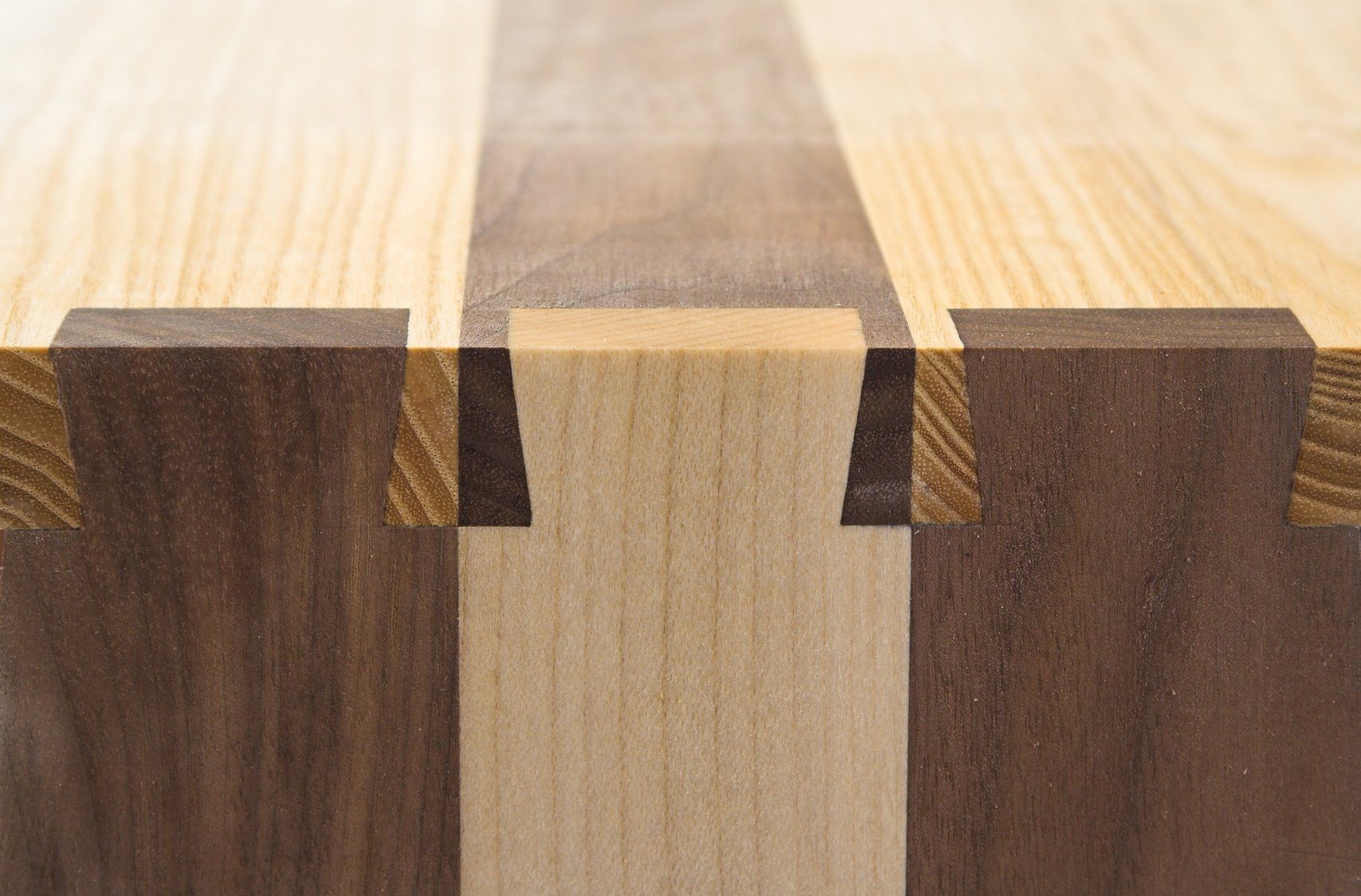
Before embarking on any woodworking project, it's crucial to understand basic techniques and safety precautions.
This knowledge will provide a strong foundation for building your skills as a woodworker.
Safety precautions
Wearing personal protective equipment (PPE): Safety goggles, ear protection, and a dust mask should always be worn to protect against potential hazards.
Operating tools safely: Familiarize yourself with the proper handling and usage of each tool.
Always follow manufacturer instructions and exercise caution to avoid accidents.
Basic woodworking joints
Woodworking joints are the foundation of any project, providing strength and stability.
Here are four common joint techniques for beginners:
Butt joint: The simplest joint, butt joints involve joining two pieces of wood by just butting them together.
Miter joint: In a miter joint, two pieces of wood are cut on a diagonal and joined at a 45-degree angle.
Dowel joint: Dowel joints involve drilling holes in both pieces of wood and inserting dowels to connect them.
Dovetail joint: A more advanced joint, dovetail joints are known for their aesthetic appeal and strength.
They involve interlocking trapezoidal-shaped pins and tails.
Building Your First Project: A Simple Cutting Board

To put your newly acquired skills and knowledge into practice, let's start with a beginner-friendly project: creating a simple cutting board. This project will give you hands-on experience with measuring, cutting, assembling, sanding, and finishing wood.
Gathering materials and tools
For this project, you will need the following materials and tools:
- 1 hardwood board (such as maple or walnut) for the main cutting surface
- 2 softwood boards for the sides
- Wood glue
- Clamps
- Sandpaper (varying grits)
- Food-safe finish (such as mineral oil or beeswax)
Measuring and cutting wood
Measure and mark the desired dimensions for your cutting board on the hardwood board and the side pieces. Utilize a combination square or a measuring tape for accurate measurements. Next, use a circular saw or a handsaw to make the necessary cuts along the marked lines.
Assembling the pieces
Apply wood glue to the edges of the side pieces, and then attach them to the main cutting surface, forming a rectangular shape. Use clamps to hold the pieces in place tightly while the glue dries. Allow the glue to fully cure as per the manufacturer's instructions.
Sanding and finishing techniques
To achieve a smooth and splinter-free surface, start sanding the entire cutting board using coarse-grit sandpaper. Gradually progress to finer sandpaper to achieve a polished finish. Once sanded, wipe away any dust particles and apply a food-safe finish, such as mineral oil or beeswax, to protect and enhance the wood.
By completing this project, you've taken your first step toward becoming a skilled woodworker!
Enhancing Your Skills: Intermediate Projects
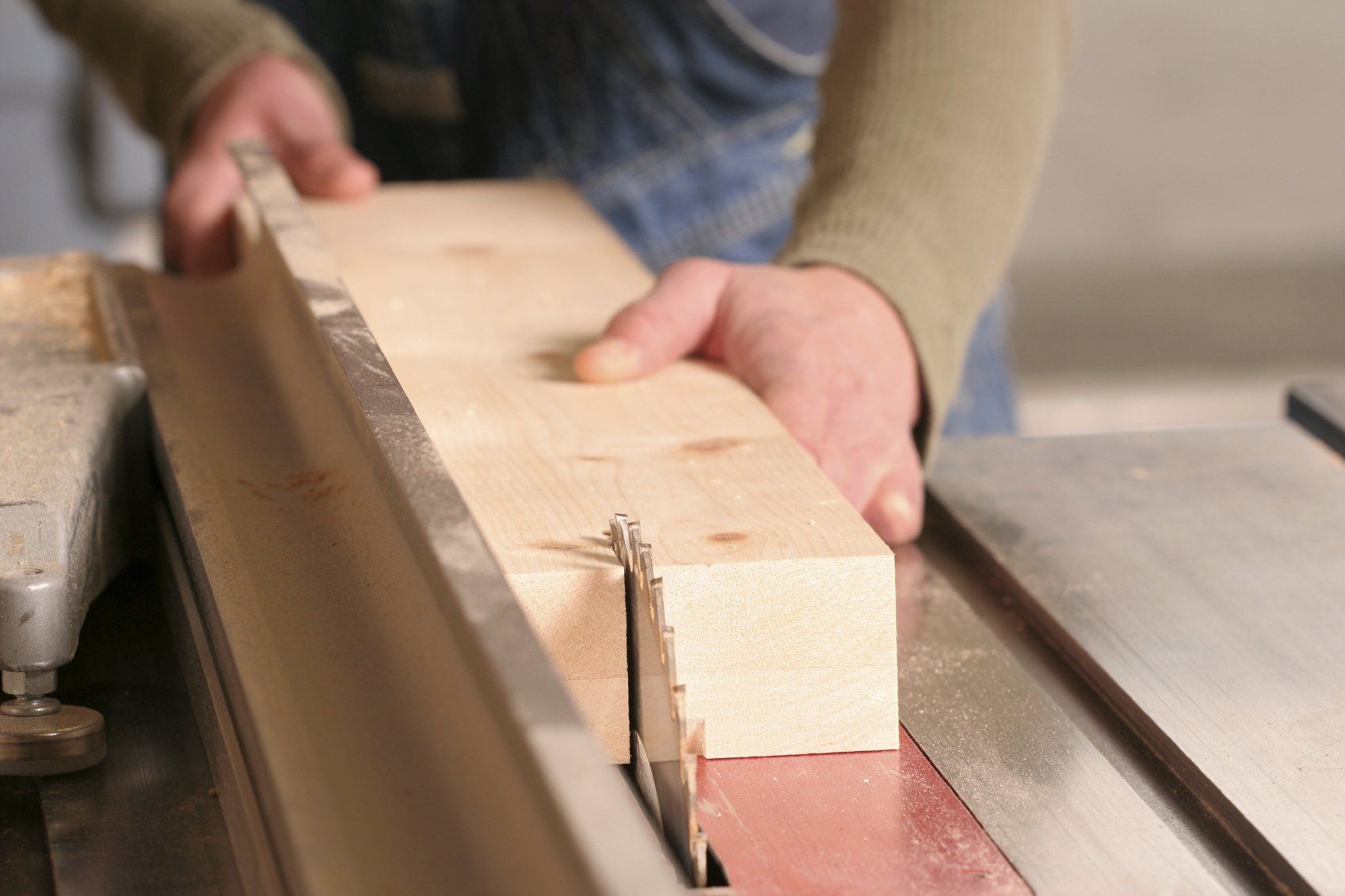
After gaining confidence with basic woodworking techniques, it's time to tackle intermediate projects that will further enhance your skills.
Creating a wooden picture frame
Crafting a wooden picture frame allows you to showcase your woodworking abilities while creating a beautiful and functional piece. Experiment with different wood types and moldings to add your personal touch.
Building a storage shelf
Building a storage shelf provides an opportunity to learn about measurements, joinery techniques, and finishing touches. Tailor the design to fit your needs, whether it's for books, plants, or decorative items.
Constructing a basic workbench
A workbench serves as the ultimate woodworking tool. Build a sturdy workbench that suits your workspace and provides ample storage, allowing you to work more efficiently on future projects.
Advanced Techniques for Ambitious Craftsmen
For those ready to take their woodworking skills to the next level, exploring advanced techniques can be both challenging and rewarding.
Inlay and marquetry
Inlay and marquetry involve adding decorative designs to wood surfaces by inserting contrasting wood, shell, or other materials. Mastering these techniques requires precision and meticulous attention to detail.
Carving and shaping wood
Wood carving allows craftsmen to transform a plain piece of wood into intricate and artistic designs. Whether it's relief carving, chip carving, or even sculpting, carving opens up a whole new world of woodworking possibilities.
Joinery techniques for complex furniture
Advanced joinery techniques, like mortise and tenon joints, bridle joints, and tongue and groove joints, are commonly used in furniture-making. These techniques provide strength and durability to complex woodworking projects.
Woodworking Tips and Tricks
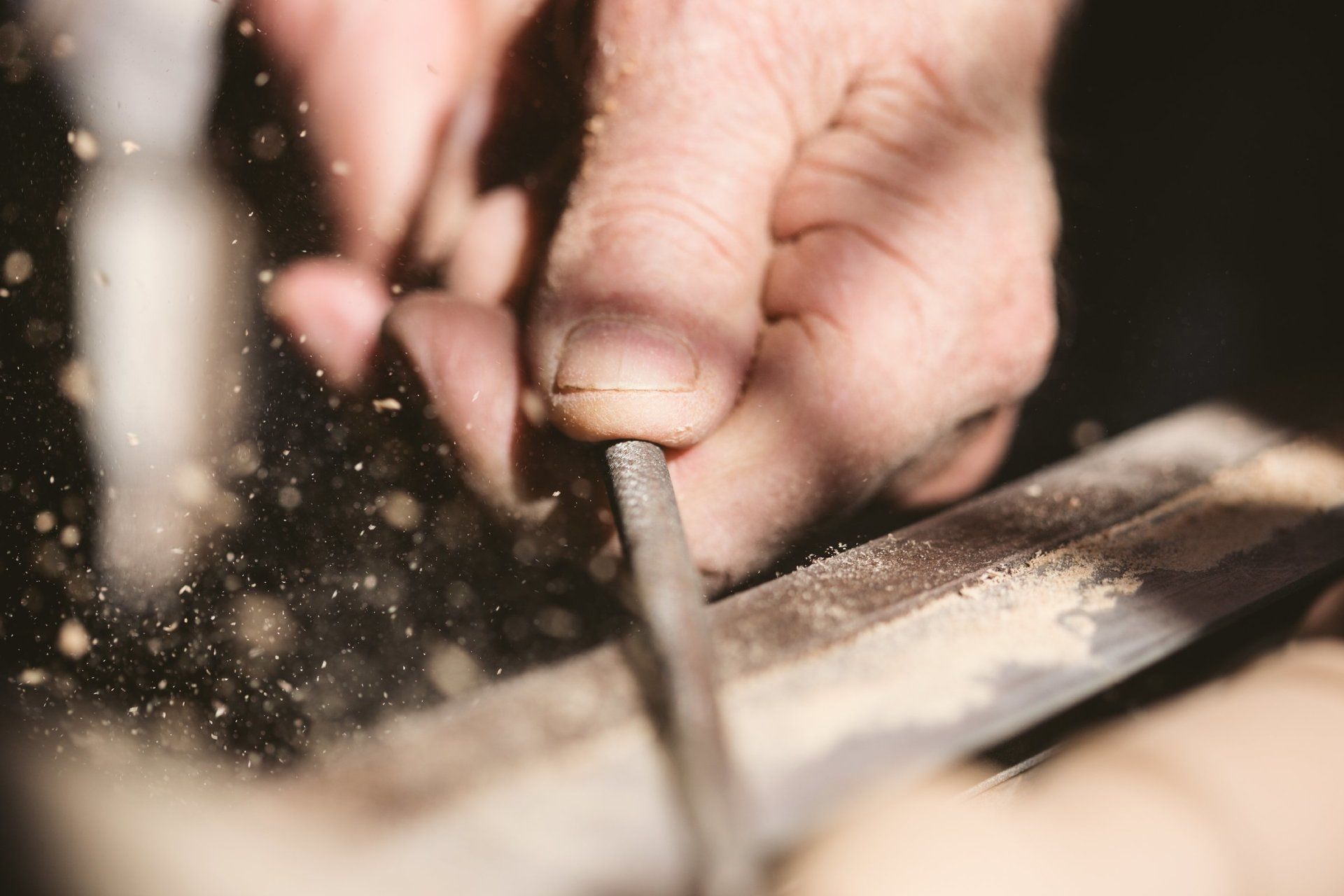
To further enhance your woodworking journey, here are a few tips and tricks that can help eliminate common frustrations and ensure successful outcomes:
Proper woodshop organization
Maintain a well-organized woodshop by assigning designated spaces for tools, materials, and finished projects.
This ensures easy access, saves time, and promotes safety.
Essential woodworking measurements
Understanding and using accurate woodworking measurements is crucial for precise cuts and joinery. Take the time to learn about common measurements, such as board feet, fractions, and decimal equivalents, to prevent errors.
Dealing with common woodworking mistakes
Mistakes are a part of the woodworking process.
Instead of becoming discouraged, embrace them as learning opportunities.
Develop problem-solving skills and explore techniques for fixing or salvaging mistakes, such as filling gaps or disguising imperfections.
Maintaining and Sharpening Your Tools
To keep your woodworking tools in optimal condition, proper maintenance and sharpening techniques are essential.
Tool maintenance basics
Regularly clean tools to remove sawdust, resin, and other debris that can accumulate and impair their performance. Additionally, lubricate any moving parts and store tools in a dry and secure location to prevent rust and damage.
Proper tool sharpening techniques
A sharp tool is crucial for achieving clean cuts and minimizing the risk of accidents. Sharpen your tools regularly using appropriate sharpening stones or sharpening systems that match the specific tool geometry.
Safety Considerations and Practices
In any woodworking endeavor, safety should be the utmost priority.
Following proper safety considerations and practices is crucial to prevent accidents and injuries.
Fire prevention and safety in the workshop
Ensure a fire-safe environment by keeping flammable materials away from potential ignition sources. Install fire extinguishers, smoke detectors, and adequate ventilation to minimize fire hazards.
Proper handling of woodworking chemicals and finishes
Woodworking often involves the use of chemicals, such as glues and finishes. Read and follow the manufacturer's instructions carefully, wear appropriate protective gear, and work in a well-ventilated area to minimize exposure.
First aid tips for common woodworking injuries
Accidents can happen even with the utmost precautions. Be prepared to handle common woodworking injuries by having a first aid kit readily available and knowing basic first aid techniques, such as treating cuts, splinters, and burns.
Exploring Different Wood Finishes
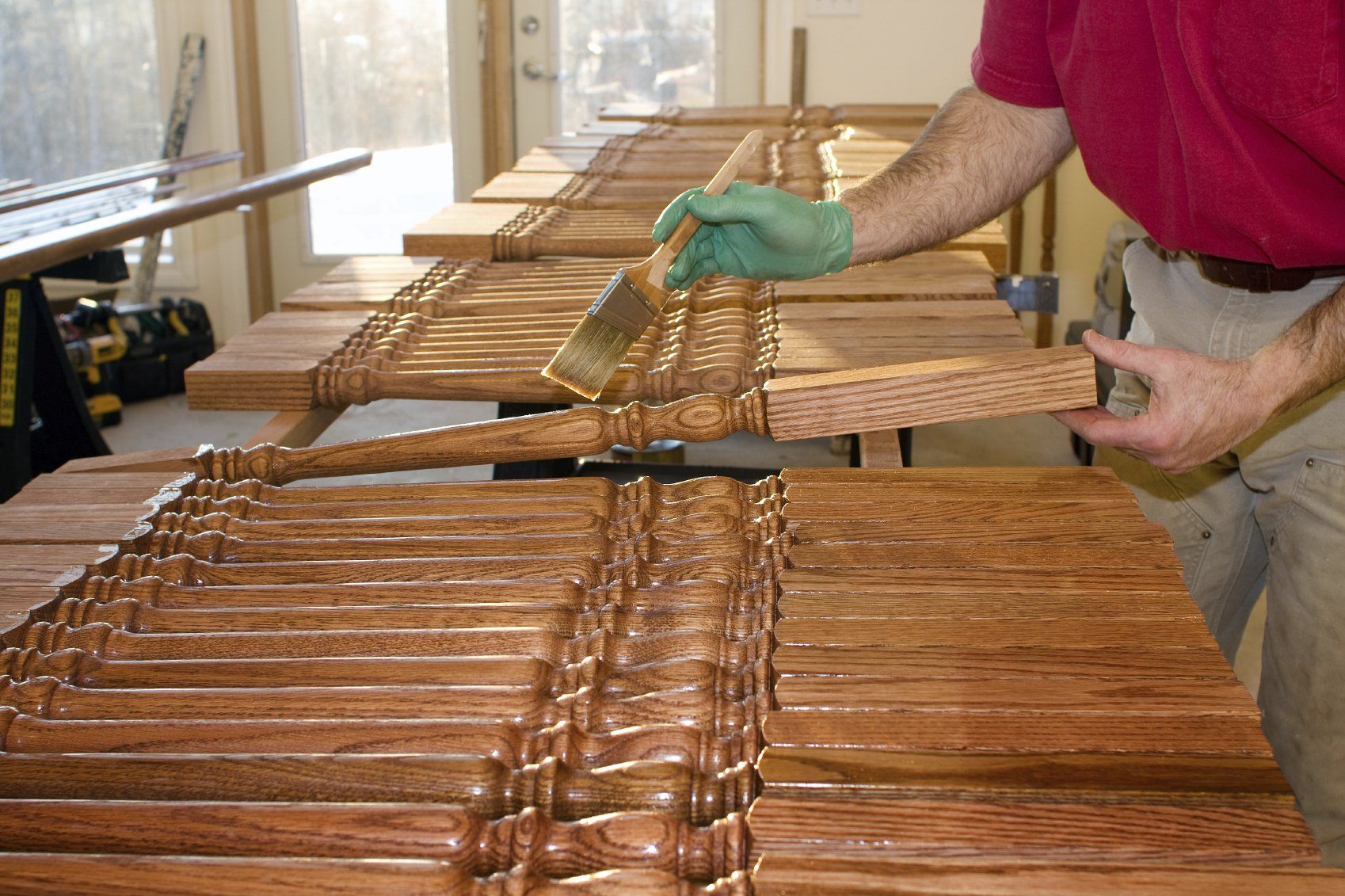
Choosing the right wood finish can greatly enhance the beauty and durability of your project.
Familiarize yourself with different wood finishes and the application techniques to achieve desired results.
Understanding wood finishes
Stains: Wood stains add color and enhance the natural grain of the wood.
They come in various shades and can be oil-based, water-based, or gel-based.
Varnishes: Varnishes provide a protective, glossy, or matte coating to the wood surface.
They can enhance the wood's natural beauty while safeguarding it from moisture and wear.
Oils and waxes: Oils and waxes penetrate the wood, providing a natural and durable finish.
They enhance the wood's appearance and can be reapplied easily.
Applying different finishes
Brushing on: Using a brush, apply the chosen finish evenly onto the wood surface, following the wood grain. Allow it to dry per the manufacturer's instructions, and repeat if necessary.
Spraying on: Spray finishes offer quick and even application.
Use a paint sprayer or aerosol cans to achieve a professional and seamless finish. Follow the instructions on the product for best results.
Upcycling and Repurposing Wood
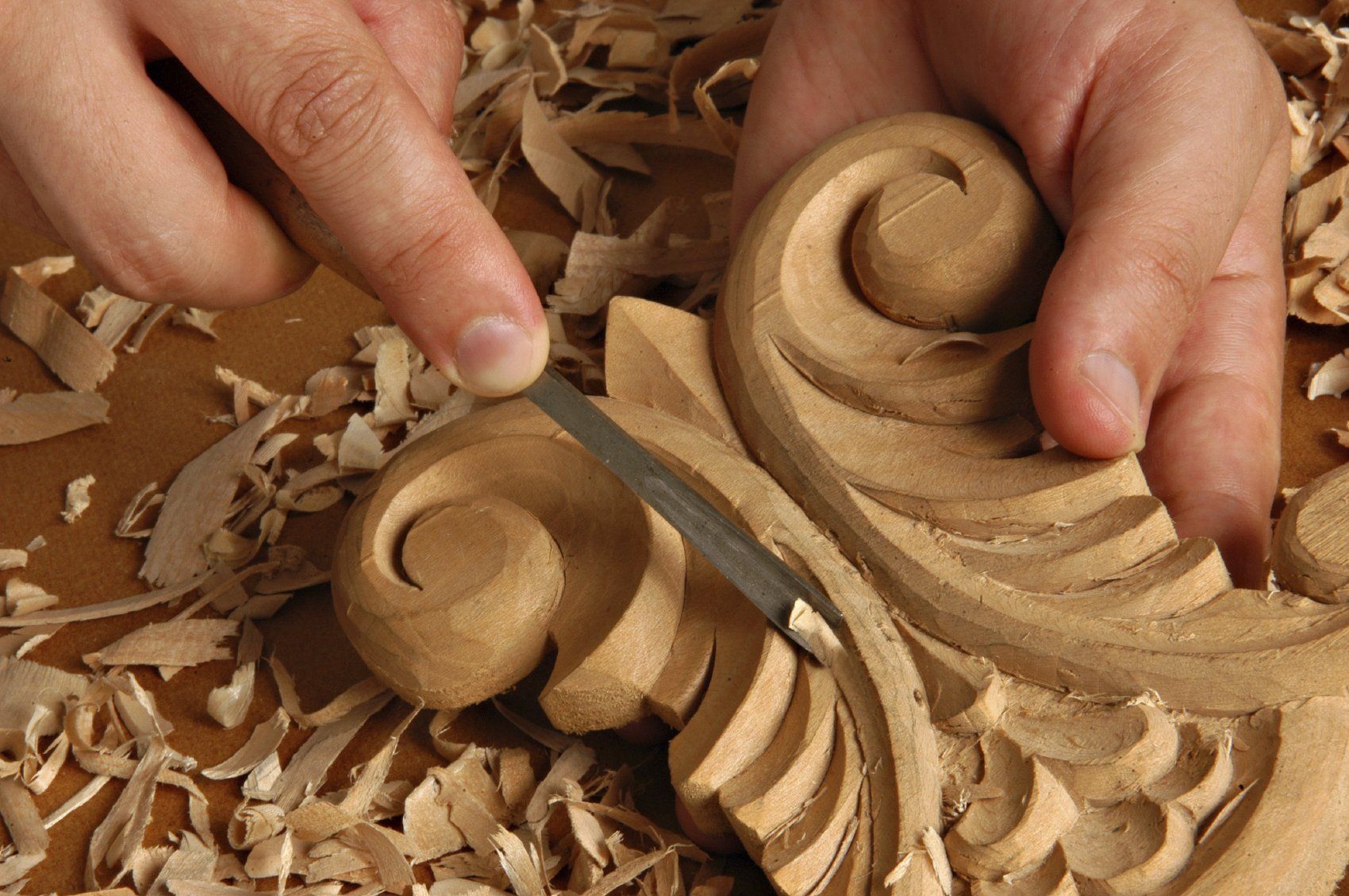
Woodworking provides an excellent opportunity to repurpose and upcycle old, unused, or discarded wood items, reducing waste and giving them new life.
Renovating old furniture
Refurbishing old furniture allows you to unleash your creativity while preserving valuable pieces.
Sanding, repairing, and refinishing old wood can transform a worn-out piece into a treasured heirloom.
Creating decorative items from reclaimed wood
Reclaimed wood holds a certain charm and character. Utilize salvaged wood to create decorative items like wall art, shelving units, or even unique picture frames that add a rustic touch to your home.
Promoting Sustainability in Woodworking
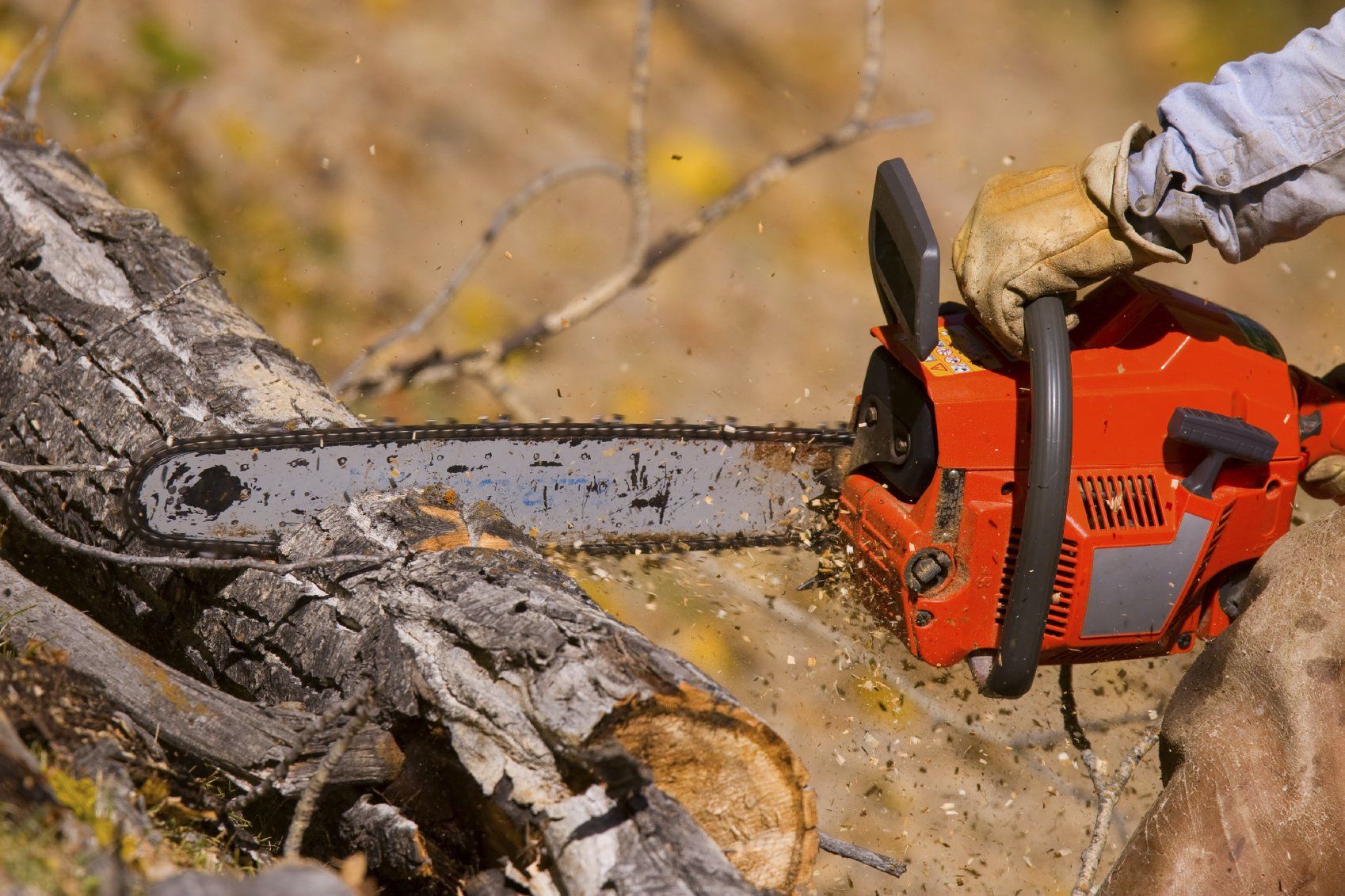
As a responsible woodworker, incorporating sustainable practices is essential to preserve the environment and protect future generations.
Responsible wood sourcing
Choose wood from sustainable sources, such as FSC-certified suppliers or reclaimed wood establishments.
This promotes the conservation of forests and ensures the long-term availability of wood for generations to come.
Using recycled materials
Incorporate recycled materials, such as lumber from demolished buildings or salvaged wood pallets, into your projects. Repurposing these materials reduces waste and lessens the demand for new wood.
Reducing waste in woodworking projects
Efficient material usage is key to reducing waste. Plan your projects carefully, optimize cutting layouts, and find creative ways to utilize wood scraps, minimizing waste and maximizing your resources.
Working with Different Woodworking Styles and Designs

Woodworking offers a wide range of styles and design possibilities.
Whether you lean towards traditional or modern aesthetics, explore various woodworking styles to expand your repertoire.
Traditional woodworking styles
Traditional woodworking styles, such as Shaker, Arts and Crafts, or Queen Anne, embrace timeless designs characterized by clean lines, attention to detail, and handcrafted elements.
Honoring these styles can give your projects a classic and elegant appeal.
Modern and contemporary woodworking trends
Embracing modern and contemporary woodworking styles provides an opportunity to experiment with sleek, minimalist designs, unconventional materials, and innovative techniques.
Stay updated with the latest trends to create unique and cutting-edge woodwork.
Finding Inspiration and Resources
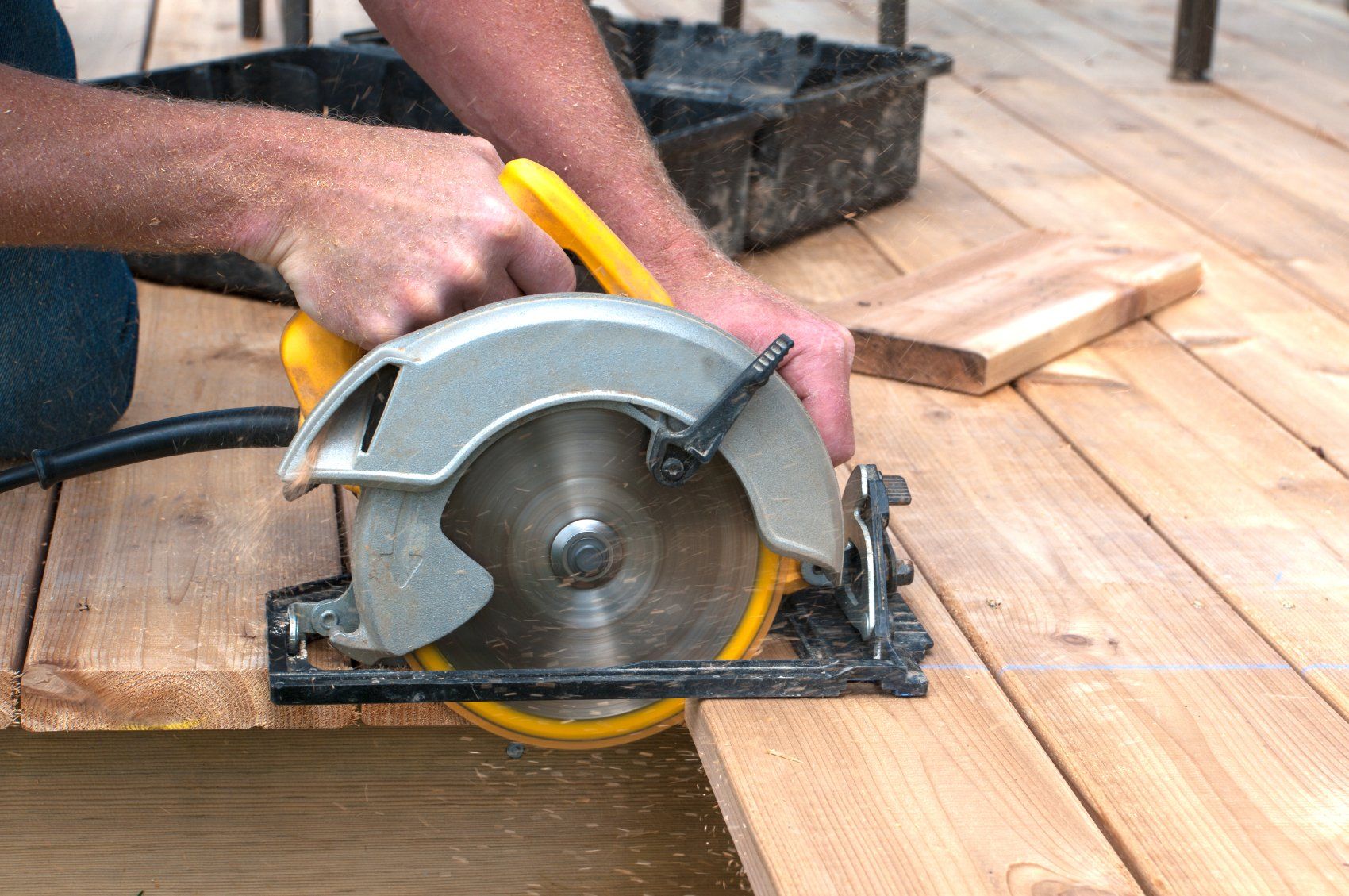
Inspiration is key to propelling your woodworking journey. Take advantage of the vast resources available to explore new ideas, learn from experienced woodworkers, and connect with fellow craftsmen.
Popular woodworking magazines and books
Subscribing to woodworking magazines or investing in instructional books allows you to access a wealth of knowledge and industry insights.
These sources often feature project ideas, techniques, and interviews with renowned woodworkers.
Online communities and forums
Joining online woodworking communities and forums connects you with fellow enthusiasts and professionals.
These platforms foster a supportive environment where you can ask questions, share ideas, and gain inspiration from a global woodworking community.
Woodworking classes and workshops
Consider attending woodworking classes or workshops in your area.
These hands-on experiences provide valuable guidance, help you learn new techniques, and offer opportunities to connect with experienced woodworkers who can share their wisdom and expertise.
Conclusion
Woodworking is an art form that combines creativity, craftsmanship, and practicality.
By following this comprehensive step-by-step guide, beginners can embark on their woodworking journey with confidence.
From learning about essential tools and wood selection to exploring various techniques and projects, mastering the art of woodworking will unlock your inner craftsman.
Embrace the process, keep learning, and watch as your skills and projects evolve over time.
Let the sawdust fly and enjoy the fulfilling journey that woodworking offers!
FAQs
What are the best beginner-friendly woodworking projects?
For beginners, it's best to start with simple projects like a cutting board, small shelf, or picture frames. These projects allow you to practice basic woodworking techniques while producing functional and visually appealing results.
How can I sharpen my woodworking tools effectively?
Sharpening woodworking tools can be achieved using appropriate sharpening stones or sharpening systems. It's important to match the specific tool geometry to the right sharpening method. Regularly practicing sharpening techniques will help you maintain sharp and efficient tools.
What safety precautions should I take in a woodshop?
In a woodshop, prioritize safety by wearing personal protective equipment (PPE) such as safety goggles, ear protection, and a dust mask. Familiarize yourself with the safe operation of each tool, keep the workspace well-organized, and have a first aid kit readily available.
Where can I find affordable woodworking materials?
Affordable woodworking materials can be found at local lumberyards, home improvement stores, and online marketplaces. Additionally, consider sourcing recycled or reclaimed wood from salvage yards or repurposing old furniture for your projects.
Resources
How To Set Up A Small Woodwork Shop for Under $1000 With UltimateSmallShop.com
Sponsored
Are you a woodworker (or budding woodworker) looking to set up your workshop, but your small space and limited funds are getting in the way?
It turns out that even with a small space (as small as 8’X8’ square feet); you can still set-up up a complete, fully functional workshop. And you don’t have to worry about not having a lot of money; at
Ultimate Small Shop.com, expert woodworker
Ralph Chapman gives you a complete guide to setting up a small, but complete workshop for under $1,000.
Tedswoodworking:
"Earth's Largest Database of Woodworking Projects"
Sponsored
Get access to "the world's largest collection of 16,000 woodworking plans."
Take a look!





